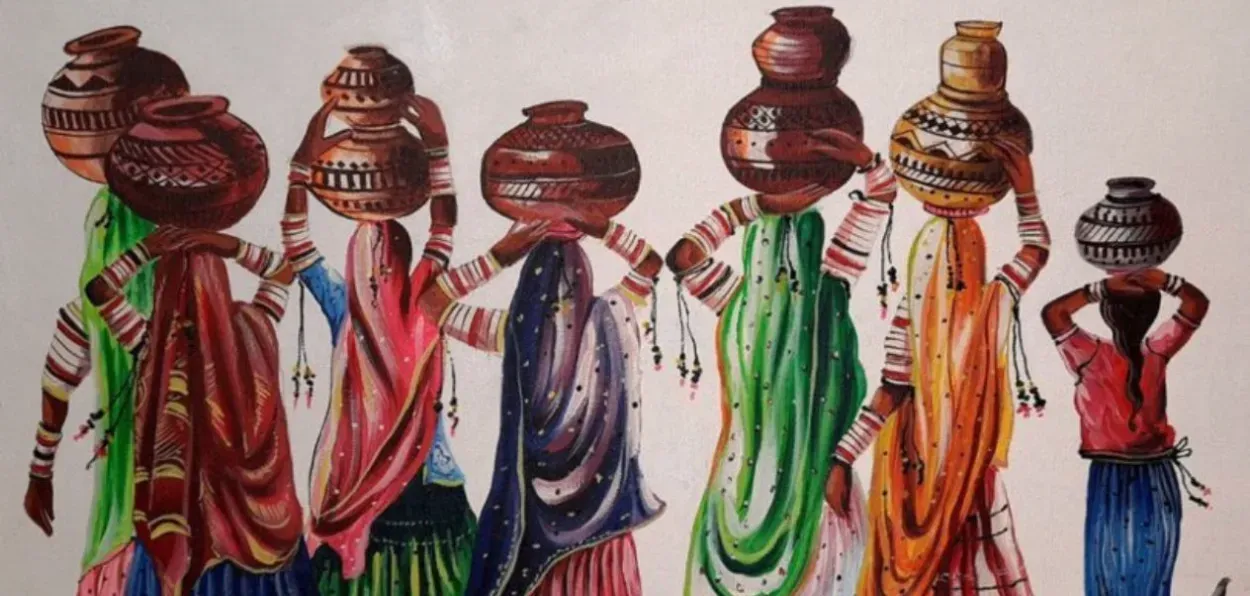
Aasha Khosa
Here is the list of my ten favourite Indian women who defined the role and status of women in India in the post-Independence era. It’s because of their pioneering roles in their respective fields that today’s women walk hand in hand with men and contribute to the growth and progress of India. Also, these woman leaders taught us not to throw traditions while embracing modernity:
“Indira Gandhi ka raaj hai.”( It’s the rule of Indira Gandhi). This was the refrain used by men to acknowledge the supremacy of women in the seventies. Such was the aura of India’s first woman Prime Minister, under whose leadership India won a war against Pakistan in 1971. As such, Indira’s presence on the scene during India's evolution from a country left impoverished by 300 years of colonial rule. Indira Gandhi’s rise from a Gungi Gudiya (dumb doll) – as male leaders called her - to a woman leader who led the nation to its first decisive military victory, to “Goddess Durga” shaped the status of Indian women as equal or a little above, and the men’s acceptance of it.
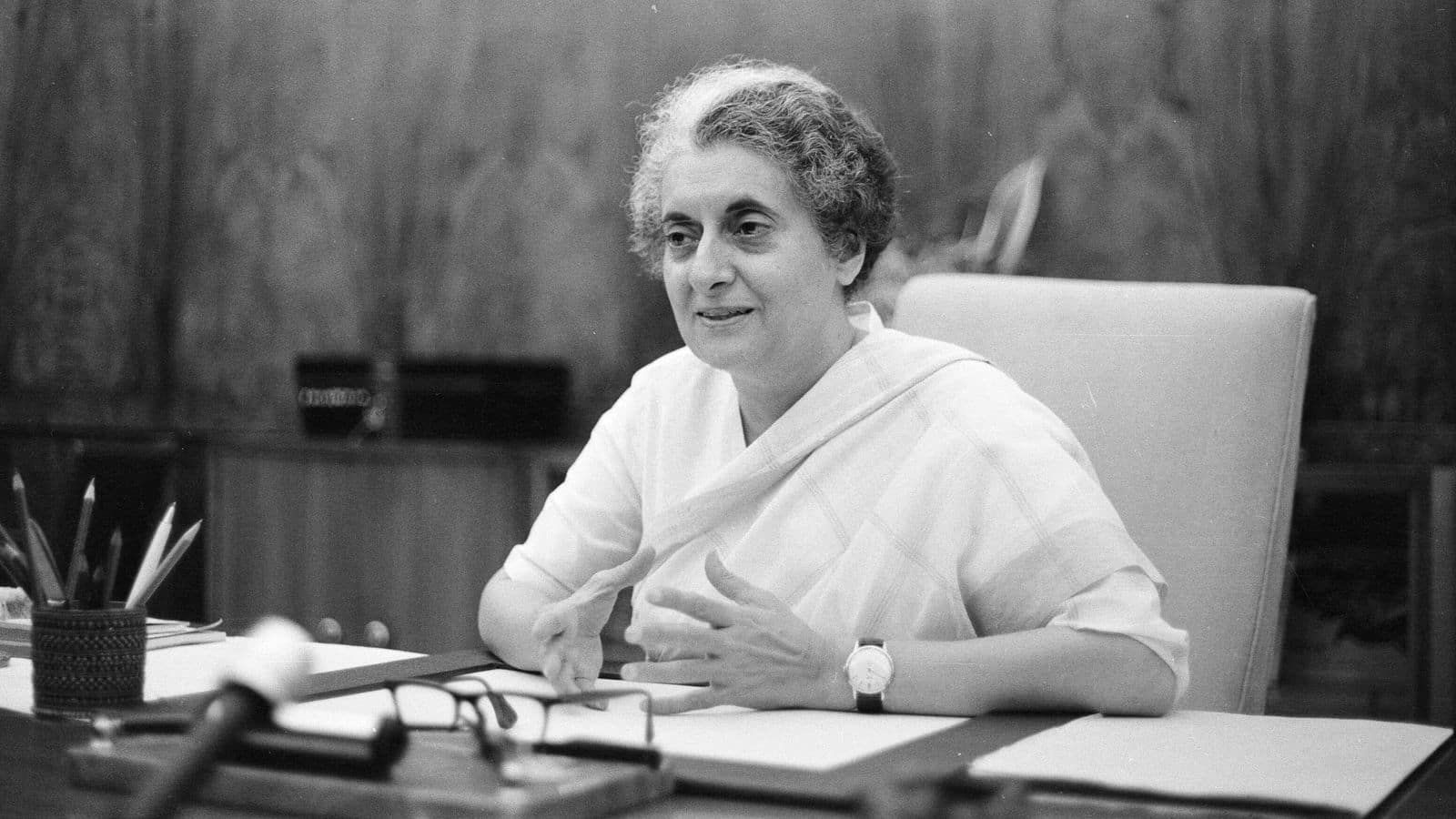 Indira Gandhi as Prime Minister
Indira Gandhi as Prime Minister
Indira Gandhi's political decisions may be controversial, but for women, she emerged as someone who wore khadi or a traditional silk Sari while interacting with world leaders and taking bold decisions on national security. She held her head high and kept India's pride intact. Her decision to impose an emergency in 1974 was surely an interruption of Indian democracy, but unlike many despotic rulers who continued for years and decades, she faced elections and defeat to pave the way for the restoration of democracy. With Indira Gandhi at the top, Indian women took big strides to march with men and contribute to the nation’s growth.
Kiren Bedi
The first woman in Khakhi who joined IPS in 1972 fired the imagination of Indian women. Bedi turned out to be more than just a police officer. She remained in the headlines for her proactive style. In those days, there was no internet or social media to create hype. Kiran Bedi, wielding a stick against traffic violations in Delhi, earned her the nickname of Crane Bedi.
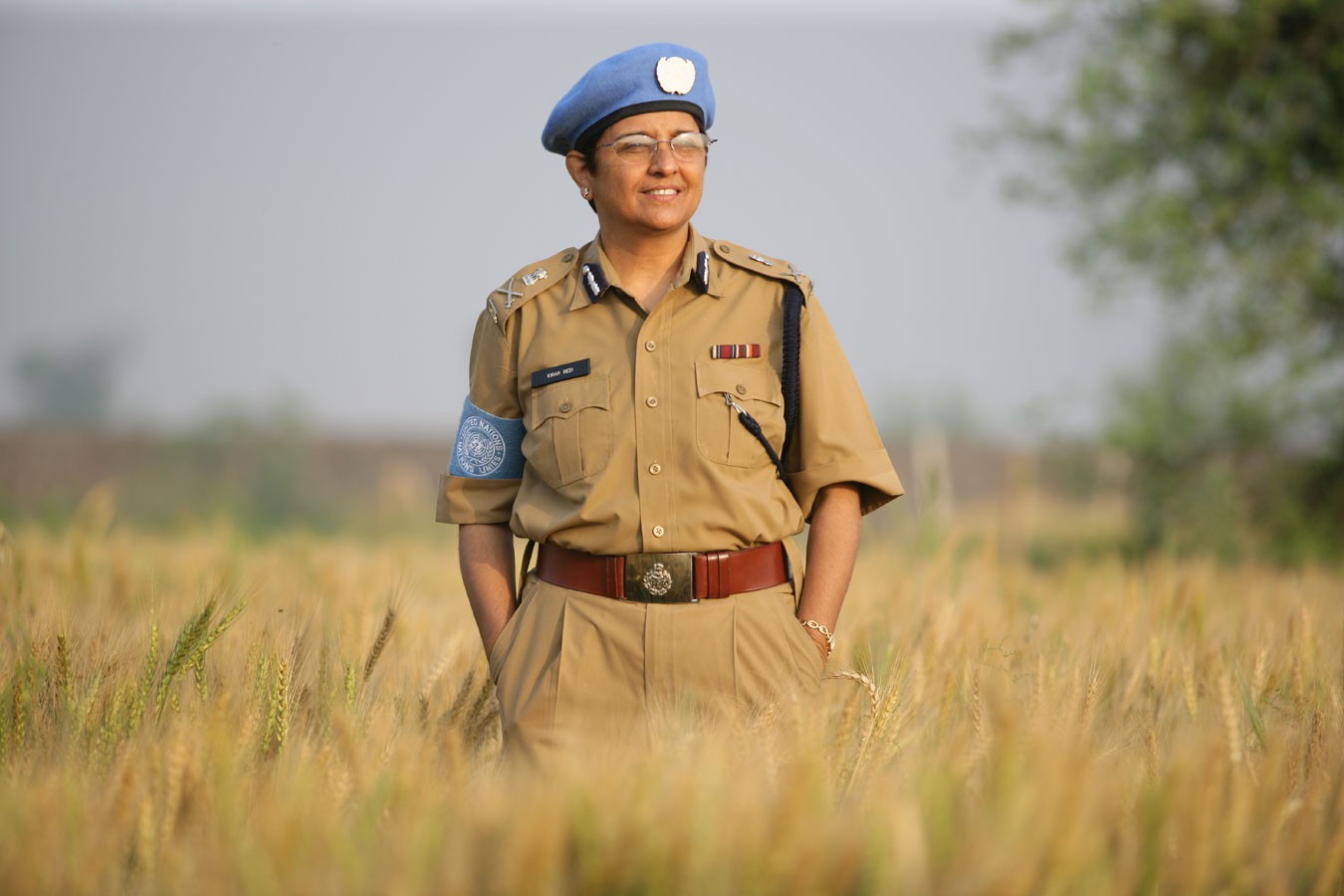 Kiren Bedi on deputation with UN Peacekeeping Operations
Kiren Bedi on deputation with UN Peacekeeping Operations
She famously removed the vehicle from Prime Minister Indira Gandhi’s cavalcade. She emerged as a fearless and duty-bound cop and became an inspiration for the young girls. If today Indian women are in the military and police, Kiran Bedi must be credited for breaking the barriers.
P T Usha
The image of a lanky woman running barefoot on the beach in her village, Payyoli in Kerala and rising into the national athletics remains etched in the minds of one generation of Indians. She demonstrated the power of an ordinary woman running barefoot and nursing ambitions. P. T. Usha’s rise in the 1980s marked a turning point for women’s athletics in India. Known as the “Payyoli Express,” she broke gender barriers in a sport where Indian women had little international presence.
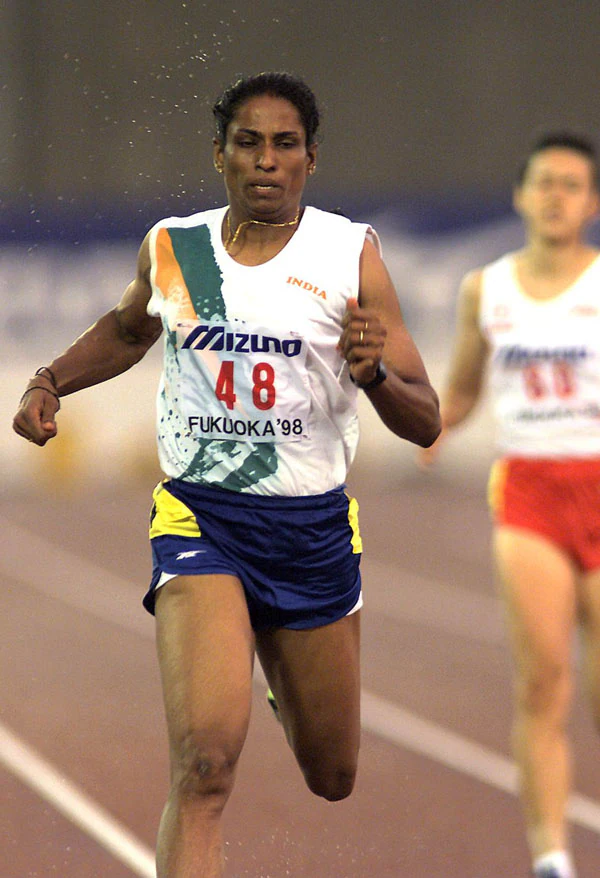 P T Usha on the track
P T Usha on the track
Her fourth-place finish in the 400m hurdles at the 1984 Los Angeles Olympics — missing a medal by just 1/100th of a second — captured the nation’s imagination and proved that Indian women could compete at the highest level. Usha’s achievements inspired a new generation of female athletes, challenged societal stereotypes about women in sports, and spurred greater support and recognition for women’s athletics in India. Her legacy continues through her coaching academy, which nurtures young talent and carries forward the dream she ignited.
Sushma Swaraj
Sushma Swaraj holds a special place in Indian politics because she combined strong political acumen with a people-centric approach, leaving an enduring mark in several areas. She emerged as a leader in the BJP and its earlier avatars when the party was largely male-dominated. She was one of the few women to rise to the top ranks of Indian politics, serving as Leader of the Opposition, Chief Minister of Delhi (briefly in 1998), and later as India’s External Affairs Minister (2014–2019).
 Susuma Swaraj as India's Minister of External Affairs
Susuma Swaraj as India's Minister of External Affairs
Her success inspired many women to enter public life. Known for her sharp debating skills, Swaraj was a commanding presence in Parliament. Her speeches—marked by clarity, conviction, and wit—earned her respect across party lines. As External Affairs Minister, she revolutionised the ministry’s outreach by using social media to directly assist Indians abroad, from rescuing workers in conflict zones to helping distressed citizens procure travel documents. Many called her “the people’s minister” for her personal touch. She remained rooted in traditions and yet scaled new heights.
Simi Grewal
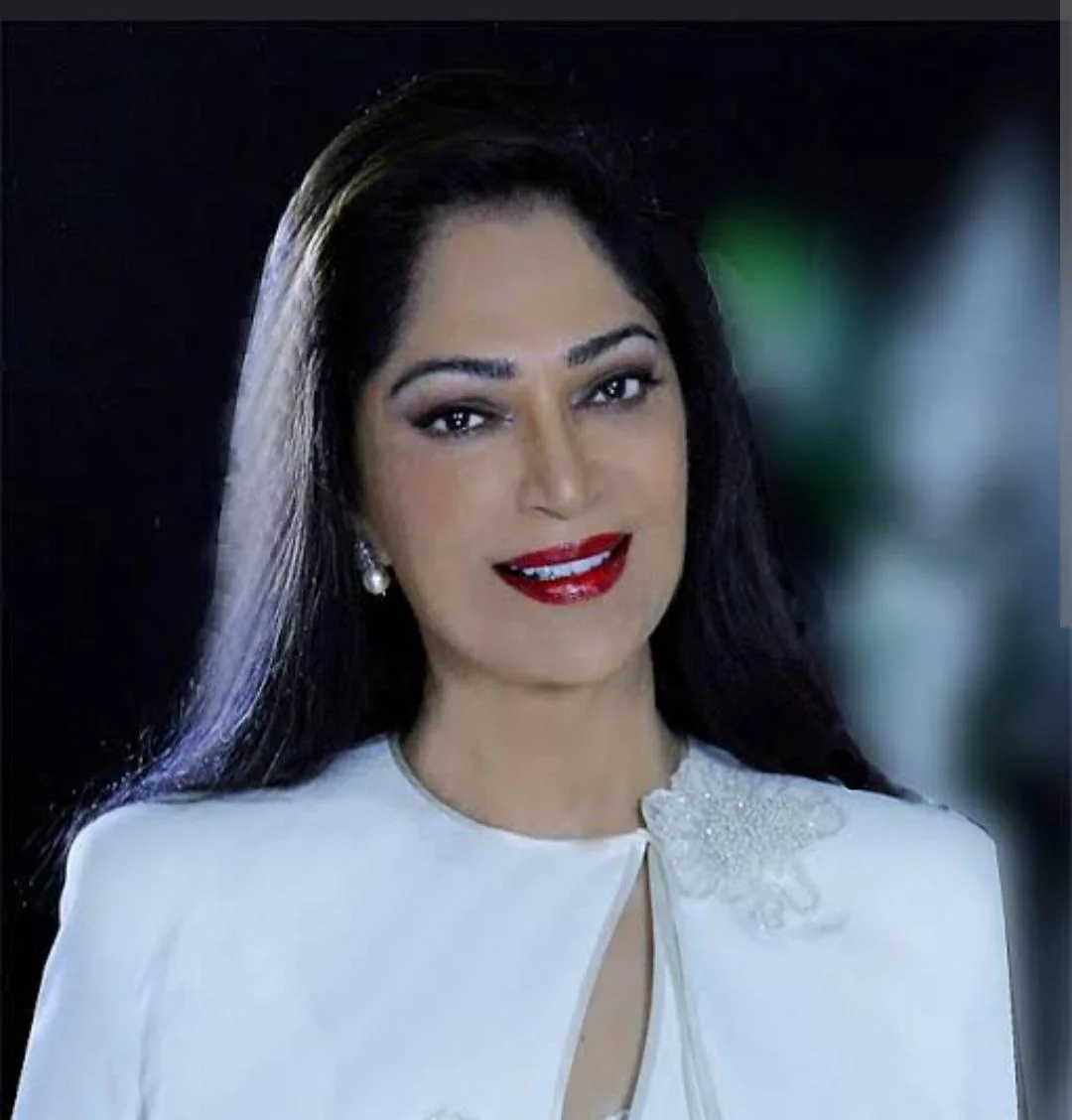
Simi Grewal on the set of Rendezvous with Simi Grewal
Though she played a few remarkable roles in Hindi films, her role as a pioneering Iconic Television Host with her show Rendezvous with Simi Garewal (1997–2012), reinvented celebrity interviews in India. Her show’s intimate, polished format, aesthetic white set, and gentle but probing questions set a new standard for talk shows in the country. Besides hosting her show, she also produced and directed TV documentaries and shows, asserting creative control in an industry where women rarely held such roles in the 1980s and 90s. From her all-white wardrobe to her refined, soft-spoken demeanor, she crafted a unique identity that became a brand in itself—long before personal branding became common in Indian entertainment.
Shehnaz Hussain
Long before vocational training in beauty became mainstream, she launched a dedicated beauty institute offering professional and comprehensive training. This empowered numerous women to pursue careers in beauty and wellness. Shehnaz Hussian was the first woman entrepreneur who started making beauty products with her Dadi ma ke nushkhe (grandmother's recipies for beauty and skincare).
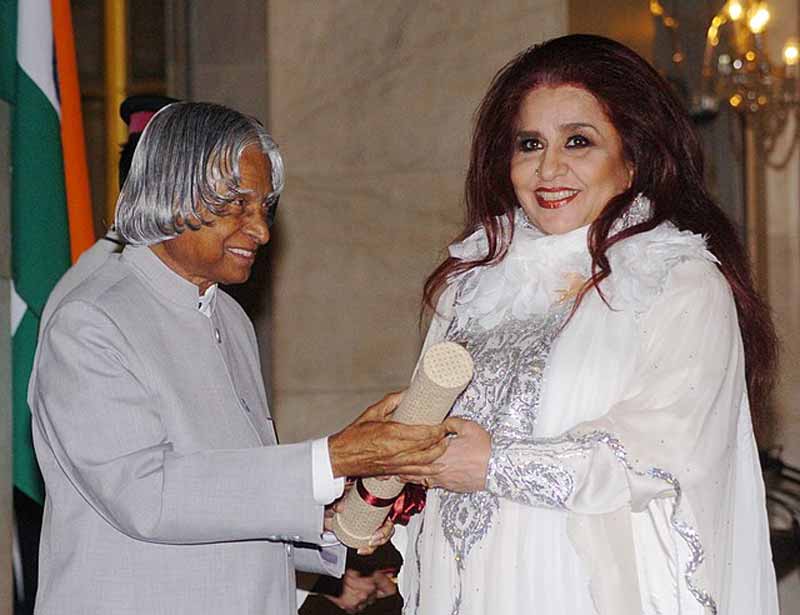 Shehnaz Hussain receiving Padma Shri from President APJ Abdul Kalam
Shehnaz Hussain receiving Padma Shri from President APJ Abdul Kalam
Her products for beauty and skincare were a craze as these were made from ancient Indian recipes and local ingredients. Shehnaz Husain introduced a pioneering franchise model that enabled ordinary housewives to start salons from their homes using the “Shahnaz Herbal” name. This model encouraged financial independence while allowing women to stay close to their families. Her beauty academy has trained and certified over 40,000 underprivileged women in beauty and wellness domains. These women also received toolkits to kickstart their home-based businesses.
Sudha Murty
Sudha Murthy is an acclaimed author, philanthropist, and social worker whose work has left a lasting impact on literature, education, and rural development in India. As the Chairperson of the Infosys Foundation, she has spearheaded numerous initiatives in healthcare, education, and public hygiene, including building thousands of schools and libraries in remote areas. Her most enduring image is of a woman who broke barriers by becoming a civil engineer and then supporting her husband’s dream of a startup – today’s software giant.
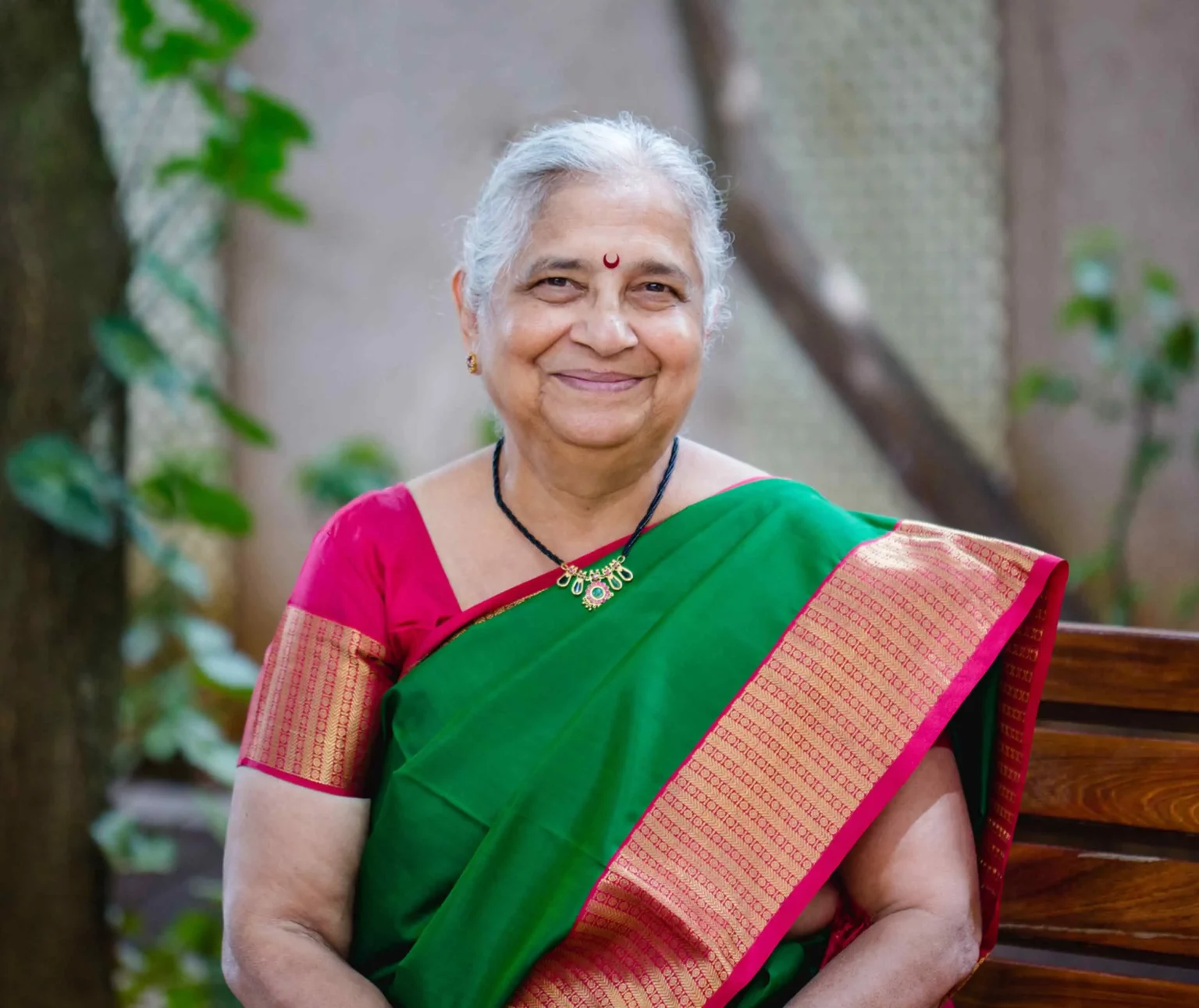 Sudha Murty simplicity and grace personified
Sudha Murty simplicity and grace personified
A prolific writer in English and Kannada, she is known for her simple yet profound storytelling, often rooted in human values and real-life experiences. Sudha Murthy is the recipient of the Padma Bhushan and Padma Shri for her contributions to social work and literature. Her life’s work reflects compassion, humility, and a commitment to making quality education and resources accessible to the underprivileged. For her profound work, she was nominated as a Member of the Rajya Sabha.
Zoya Akhtar
Zoya Akhtar is the new-age filmmaker who blended sharp storytelling with a fresh, globally-aware cinematic style. Her stories remained mired in Indian realities and, therefore, relatable and impactful.
Filmmaker Zoya Akhtar
She broke free of formula Hindi films, shunning their melodrama, with real characters and raw emotions. Her films Luck by Chance, Zindagi Na Milegi Dobara, Dil Dhadakne Do, Gully Boy, and Made in Heaven were simple stories and were hugely successful. Thus, becoming the first film director, Zoya Hasan showed that big films can succeed without relying solely on over-the-top action or song-dance spectacle. She portrayed human relationships in a new way.
She explored modern friendships, family dynamics, class divides, and gender roles in a way that feels authentic, not moralistic or preachy. She’s among the first leading filmmakers to embrace OTT storytelling (Lust Stories, Made in Heaven, The Archies), understanding that long-form web content can explore themes that films cannot. Zoya Akhtar redefined filmmaking by showing that Indian cinema can be both artistically ambitious and commercially successful—where a slice-of-life moment can be as impactful as a climactic song, and where stories speak to both Indian and global audiences.
Rini Simon-Khanna
Rini Simon-Khanna’s sonorous voice was the first female voice to echo from both All India Radio (AIR) and Doordarshan. It was the time when the state media was the country’s primary news source. Her composed yet commanding voice was unique. In the 1980s and 1990s, the newsroom and anchor desk were still heavily male-dominated. Rini stood out as one of the few women delivering serious national and international news with clarity and gravitas.
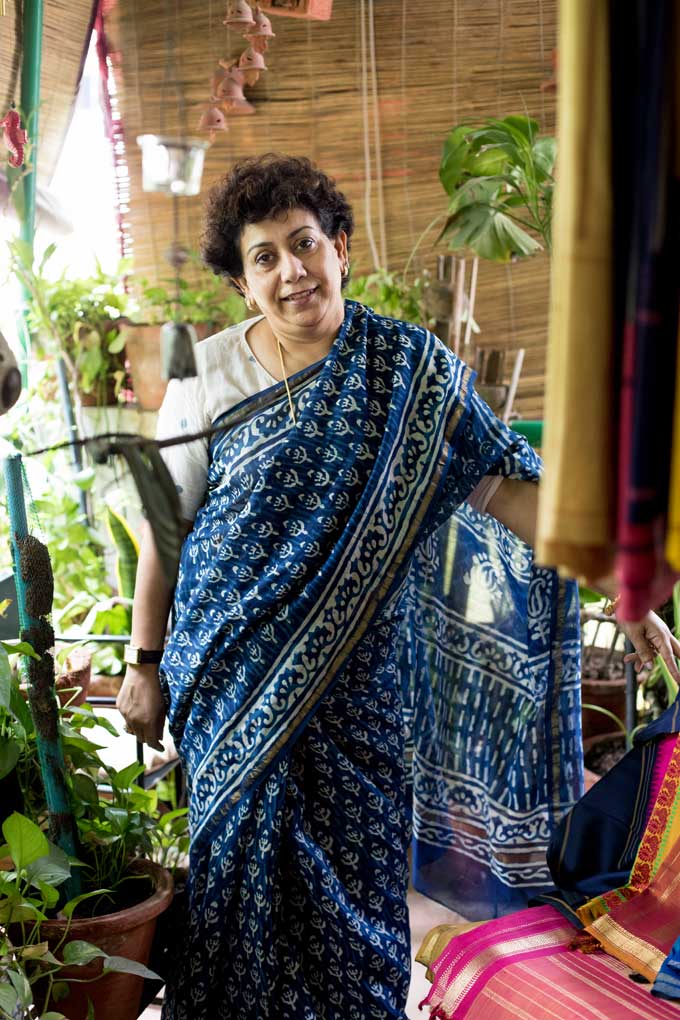 Rini Simon-Khanna
Rini Simon-Khanna
The woman from Kerala set new standards of professionalism. Her precise diction, calm delivery, and credible presence set a new benchmark for television and radio journalism in India. She balanced the formal, authoritative style, influencing later generations of anchors. Soon, Rini Khanna’s voice was everywhere – Delhi metro announcements, a major government function, and commercial advertisements. Rini’s rise opened new vistas for women anchors. it reshaped the perception of women’s authority in Indian media and paved the way for the next wave of female journalists and anchors.
Bachinderi Pal
When Bachendri Pal from a small village of Uttarakhand scaled Mount Everest on May 23, 1984, it was a big leap for the empowerment of Indian women. She became the first Indian woman and the fifth in the world to reach the world's highest peak at the age of 29. She developed a love for the mountains early in life. Pal was sent to study to become a school teacher. When he chose to become a professional mountaineer and not a teacher, her family was unhappy with her. She, however, followed her heart and created history.

Bachendri Pal (Extreme right) on Everest
Her historic achievement was part of the fourth Indian Everest Expedition, making her a national icon. Over the years, Pal led several expeditions, including the Indo-Nepalese Women’s Everest Expedition and the “Ganga Rafting Expedition.”
ALSO READ: India counters Trump's wooing of Pakistan with global realignment
She has received many honours, including the Padma Shri, for inspiring generations of Indians to break barriers and aim high.
